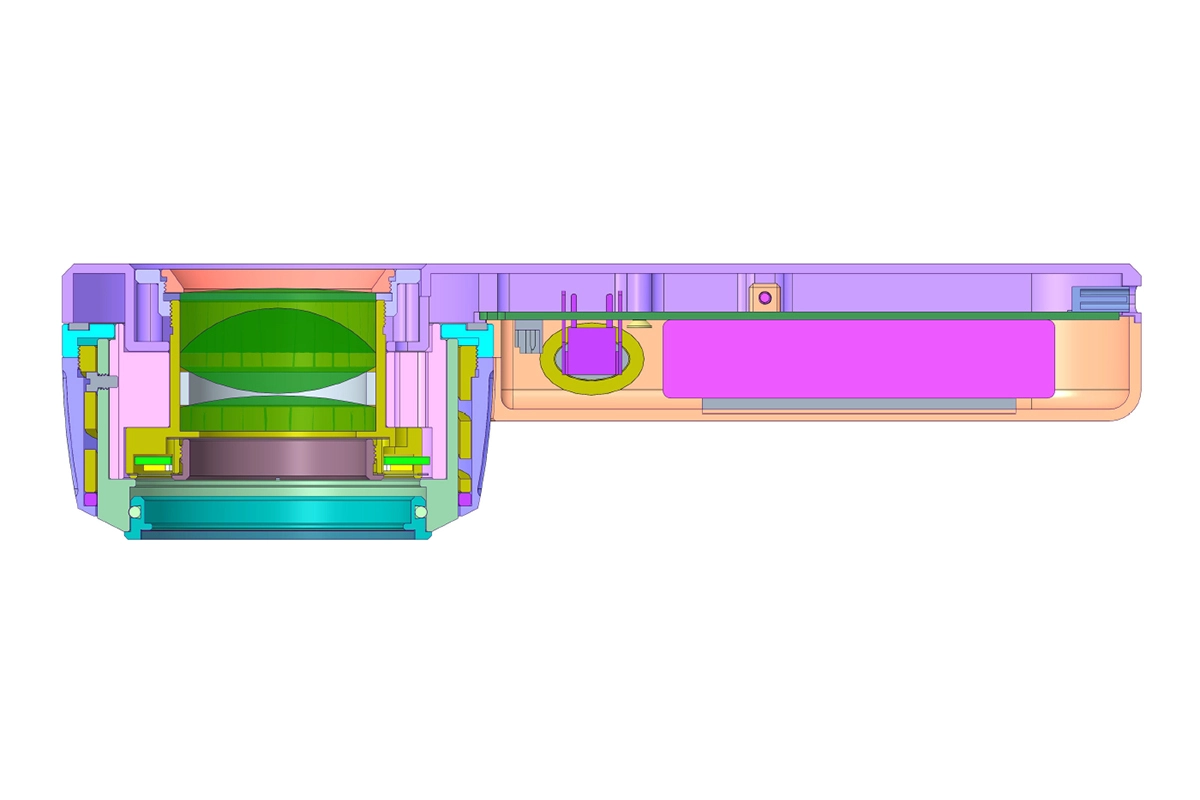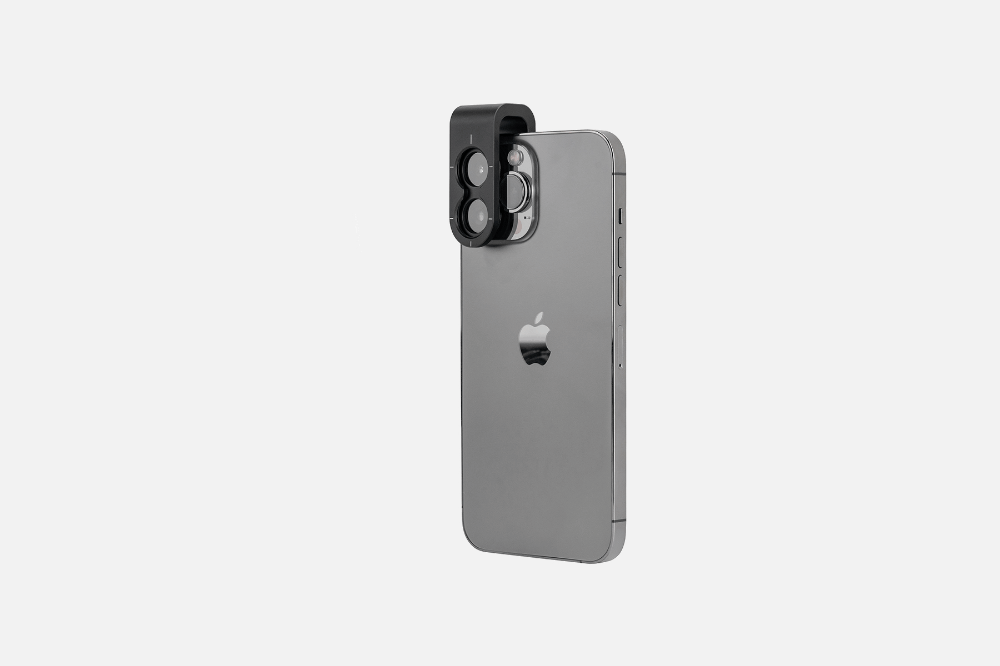Article
Dermoscopy of Clear Cell Acanthoma
Clear cell acanthoma is a very rare benign epithelial tumor that is mainly caused by excessive glycogen accumulation in the epidermal keratinocytes. The lesions are characterized by a limited brown or red moist soft nodules having well defined edges and a smooth, dry flaky surface. And they develop without such symptoms as feeling pain or…
Clear cell acanthoma is a very rare benign epithelial tumor that is mainly caused by excessive glycogen accumulation in the epidermal keratinocytes. The lesions are characterized by a limited brown or red moist soft nodules having well defined edges and a smooth, dry flaky surface. And they develop without such symptoms as feeling pain or itching.
What Is Clear Cell Acanthoma?
Clear cell acanthoma also called as pale cell echinoderma or Degos echinoderma, is a tumefying one with elevation of single or multiple red-brown firm papules measuring about 0.5–2 cm in diameter. Usually, patients who have such skin diseases do not feel itchy; thus, they seldom perceive the disease presence. Clear cell acanthoma is a benign tumor that does not become malignant.
The exact pathogenesis of clear cell acanthoma has not been completely established despite knowledge that it involves a type of tumor made up of abnormal glycogen accumulation in the epidermal keratinocytes. Histologically, it has been shown to have features like hypertrophy of the epidermal stratum spinosum along with pale transparent larger polygonal keratinocytes, which are separated from normal adjacent epidermal cells by well-defined boundaries. It appears that middle-aged individuals over 40 years old are more prone to this condition compared to young adults, while males are more likely to be affected than females.
What Is the Etiology of Clear Cell Acanthoma?
Though the medical community has yet to reach a consensus regarding the root causes of clear cell acanthoma, which is treated as a rare skin disease, the disease is widely accepted as such. As a rule, it is usually believed to be a condition resulting from a surplus of glycogen that builds up in keratinocytes of the epidermis. But, the reason for the excess of glycogen in the dermal keratinocytes of clear cell acanthoma is still unclear. A genetic relationship might be the cause of the disease.

The Role of Dermoscopy in the Diagnosis of Clear Cell Acanthoma
Dermatoscope is a tool that combines magnification and polarised light to magnify a certain number of times and filter the refracted light from the skin’s surface stratum corneum. Doctors can use it to observe very clear structures and details of the skin.
First, clean the skin of the area you will be seeing with a cleanser to remove oil, dirt, and the residue before using your dermatoscope. Dermatoscope set magnification and distance of the focus according to necessity. Place it in the area where you just cleaned your skin and at a good distance and angle. Inspect the surface skin from various angles of the skin pattern.
Clear cell acanthoma may be misdiagnosed as seborrheic keratosis and some other skin conditions. However, dermoscopy can reveal some of the features of clear cell echinoderma, i.e., blood vessels arranged in a pearly or creeping pattern that look like glomerular or punctate and glomerulonodular blood vessels, which can help doctors to make a correct differential diagnosis.
Typical Dermoscopic Features of Clear Cell Acanthoma
Vascular pattern:Tiny, round, uniform dotted vessels and a continuous tandem network-like arrangement in the superficial plane of the lesion forming the “string-of-pearls” pattern.
Lesion morphology: The lesion is usually a well-delimited, slightly elevated papule or nodule.
Color variation: Usually skin colored to light red or light brown. At dermoscopy, the color distribution within the lesion may sometimes be uneven, but an obvious pigmentary change is in general not observed.

Dermoscopic Differences between Early and Mature Clear Cell Acanthoma
Clear cell acanthoma often has the anterior or creeping distribution of glomeruloid blood vessels, presenting as an appearance like “beads” on a dermoscopic image — this is one prime example . In the process of advancement, a clear cell acanthoma of an advanced phase may develop a non-homogeneous white crosshatched line, with the lines being of different widths. These lines of the lesion may be related to fibroblast tissue proliferation or keratinization. The full form clear cell acanthoma may demonstrate the presence of thick contour coiled blood vessels associated with red clots which were attributed to vasodilatation and congestion occurring within the lesion.
Clear Cell Acanthoma and Other Skin Lesions
Clear Cell Acanthoma (CCA)
Clinical Features: Usually presents itself in a solitary, well-circumscribed, red to brown nodules or plaques mostly on the lower legs.
Dermoscopy: String of Pearls Pattern, Pale Pink Background, Shiny White Lines and Glomerular Vessels
Basal Cell Carcinoma (BCC)
Clinical Features: It usually shows itself as a pearly or translucent nodule with telangiectasia. It can ulcerate and easily bleed.
Dermoscopy: Arborizing Vessels, Blue-Gray Ovoid Nests, Leaf-Like Areas and Ulceration
Squamous Cell Carcinoma (SCC)
Clinical Features: A scaly, red patch, nodule, or plaque that may ulcerate is presented. Found mostly on sun-exposed areas.
Dermoscopy: Keratin Masses, Glomerular Vessels and White Circles
Key Differentiating Points
Vascular Patterns: The CCA has a “string of pearls” pattern which is astonishingly different from the other two tumors; BCC with its many thin branching arteries and SCC whose glomerular vessel looks like a spider’s.
Background Color: CCA has a uniform pale pink background while BCC has a translucent or pearly sheen and SCC is mostly scaly with a red shade.
Surface Features: The peripheral collarette of scale in CCA is a distinctive characteristic and it is not usually present in BCC and SCC.

Treatment Options and Prognosis for Clear Cell Acanthoma
Given that clear cell acathom a is quite deep, it should be surgically excised. Non-surgical treatments are mostly laser therapy, cryotherapy, electrocoagulation and drugs. The prognosis of clear cell acanthoma is generally good, for it mad be a benign bemignant skin tumor with slow growth and low malignancy transformation to become canceraceous which has relatively lower recurrence after treatment. The sores cannot be scratched to avoid injury, and once again will perform as needed if it is found out that the changes are abnormal.
Prevention of Clear Cell Acanthoma and Regular Dermoscopic Screening
In order not to trigger the outbreak of clear cell acanthoma, we should equip our skin with proper hygiene and avoid too much exposure to the sun which is not friendly as ultraviolet radiation is among the causes of many skin lesions. Furthermore, the immune system can be strengthened through the regular diet and moderate exercise, which will serve as a shield against skin lesions.
Through dermatoscopic screenings, skin complications can be recognized at a very early stage, even in the case of clear cell acantholysis, which leads to significantly better results in treatment. By the way, the increased awareness of skin health through the timely detection of lesions is another benefit of regular dermoscopic screenings.






















